Hooves in the Sand: Horses at Henley & Grange
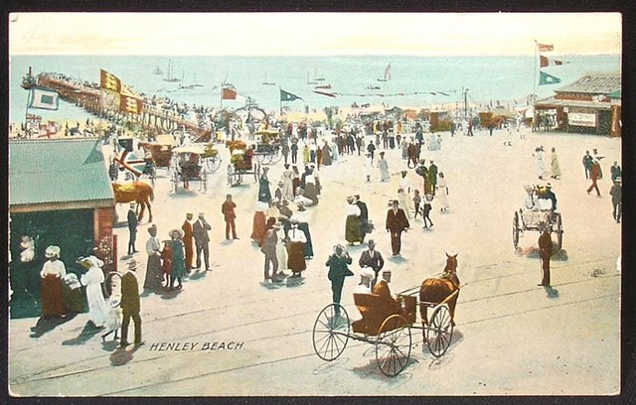
Saddles, Sand, and Survival
In the earliest years of the colony, reaching Henley or Grange was a real challenge. Military Road and parts of what became Grange Road were little more than sandy tracks, often impassable in wet weather. Most visitors came either by boat, on foot, or on horseback. Horses had arrived with the very first European settlers in 1836 and quickly proved essential to survival and growth. By 1838, there were nearly 500 horses in the young colony, alongside 6,000 immigrants. By 1850, that number had swelled to almost 6,500, showing just how vital they had become.
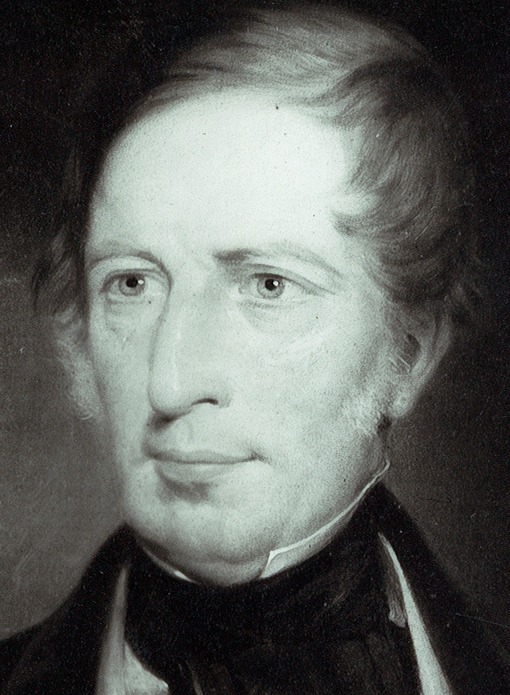 Captain Charles Sturt
Captain Charles Sturt
[Image source: SLSA]
Explorers such as Captain Charles Sturt relied on horses for expeditions, carrying supplies and scouting across harsh landscapes. From his home, The Grange, he set out on horseback for his Central Australian Expedition in 1844.
Local landowners like John White depended on horses to clear land, plough fields, and run productive gardens that supplied Adelaide with fresh produce. White’s reliance on horses ended tragically in 1860 when he was fatally trampled, a reminder of the risks in working with large animals.
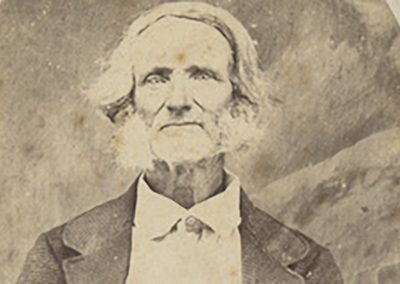 John White
John White
[Image source: SLSA]
Horses at Work
Horses were the “engines” of Henley and Grange before machinery. Farmers used them to haul ploughs, pull carts of produce, and transport building materials across sandy, swampy terrain.
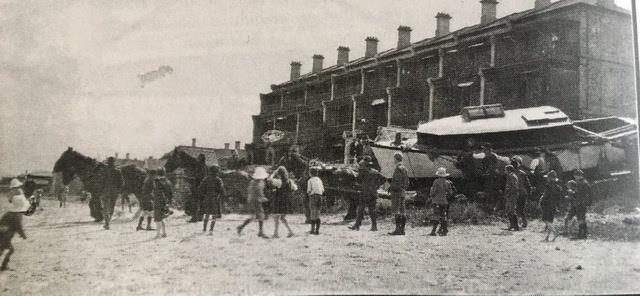 Horses launch a boat at Grange c. 1930
Horses launch a boat at Grange c. 1930
[Image source: H&GHS]
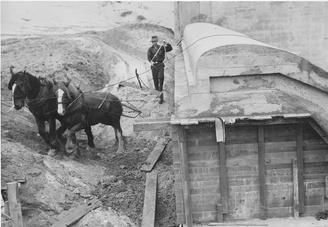 Horses used in construction of the Torrens Outlet c.1937
Horses used in construction of the Torrens Outlet c.1937
[Image source: SLSA]
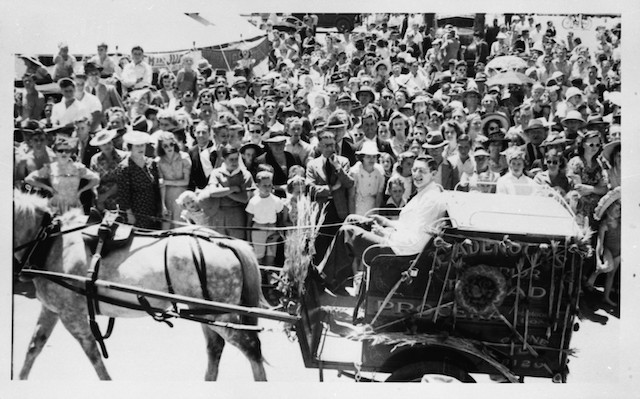
Badenoch’s deliveries van 1941
[Image source: H&GHS]
Blacksmiths were also vital. Albert Ide, who lived on Grange Road, shod horses, repaired carts, and even built carriages. Shoeing a horse was both a necessity and an art, requiring strength, skill, and patience. Such trades supported a local economy built entirely around horse power, long before the age of motor cars.
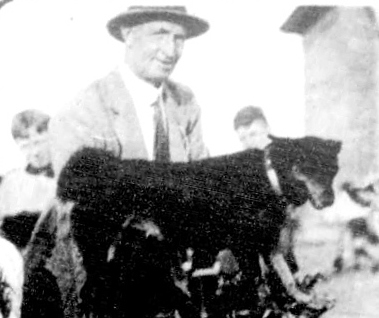 Albert Ide with ‘Bob the wonder dog’
Albert Ide with ‘Bob the wonder dog’
[Image source: H&GHS]
Racing on Sand and Sea
By the late 1800s, Henley and Grange beaches became exciting hubs for horse racing and training. The flat, firm sand at low tide provided the perfect surface for speed trials, while the surf itself was used to strengthen horses through swimming. Races were festive events, drawing crowds who then flocked to local hotels. Sometimes horse swimming races were organised — a thrilling and unusual spectacle.
 Exercising horses at Grange, 1934 — the beach remained a training ground long after racing ended
Exercising horses at Grange, 1934 — the beach remained a training ground long after racing ended
[Image source: Trove]
The founders of the Grange Investment Company, Messrs Blackler and Fisher, were deeply involved in South Australian racing and bred horses on their properties. William Blackler later established Fulham Park Stud, which became one of the most important breeding establishments in the state. Although organised racing on the beach ended by the 1930s, horse trainers continued to bring their mounts to exercise on the sand, keeping the tradition alive for decades.
The Hunt Across the Reedbeds
Hunting became popular in the mid-1800s after rabbits, hares, and later foxes were released in the Reedbeds. Local gentry and landowners organised hunts that set off from The Brocas at Woodville and galloped west across open land to the coast. Between fifty and a hundred riders, dressed in traditional English hunting gear, must have been an impressive — if intimidating — sight as they thundered past.
 The finish of a hunt at Grange Road, 1906 — a spectacle that often angered farmers
The finish of a hunt at Grange Road, 1906 — a spectacle that often angered farmers
[Image source: Trove]
Not everyone welcomed these hunts. Farmers often suffered damage to crops and fences, and some took a stand. One of the most notable was Reuben Simmonds, who in 1869 confronted a hunt party with a blunderbuss after repeated trespassing. Reports describe a scuffle in which his son was horsewhipped, showing just how heated these clashes could become. Hunting continued into the 1920s, but gradually shifted north and west as land was subdivided and farming intensified.
Horses, Police, and the Military
Beyond farming and racing, horses also played vital roles in law and order and defence. The Reedbeds Cavalry, formed in 1860, required each volunteer to supply their own horse, uniform, and weapon. They trained on swampy ground, drilling several times a week, and were a visible reminder of the colony’s reliance on mounted forces.
Police officers too depended on their horses. From 1886 to 1890, the proprietor of the Henley Hotel had to provide stables and forage for the local mounted constable. Later, when the Henley police station was built on Military Road, stables were included behind the cells. Photographs from the early 1900s often show mounted police at community gatherings, their horses steady in crowds where cars could not go. Public horse troughs, such as the one near Henley Jetty, ensured animals were cared for in the heart of the township.
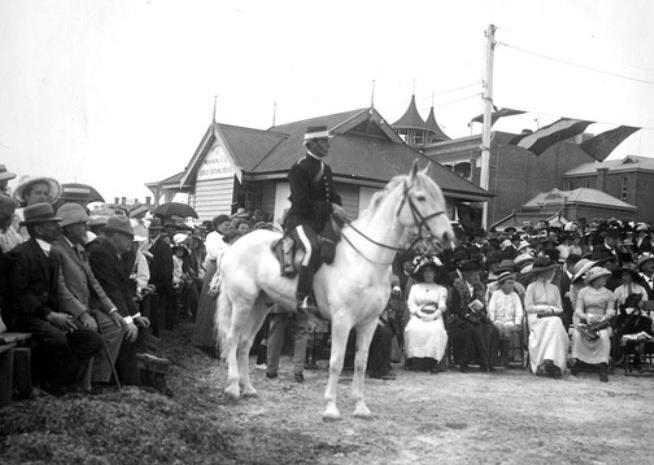 Mounted constable on Henley Beach, 1913 — police patrols relied on strong, steady horses
Mounted constable on Henley Beach, 1913 — police patrols relied on strong, steady horses
[Image source: SLSA]
Horse Trams and Public Transport
The arrival of the horse tram in 1883 transformed Henley. Starting from Thebarton and branching from the Hindmarsh line, the trams brought day-trippers in comfort to the beach. At the Ramsgate terminus, horses were swapped for fresh teams, housed in nearby stables. Double-decker cars carried thousands of passengers, though without canopies — strong coastal winds could easily topple them.
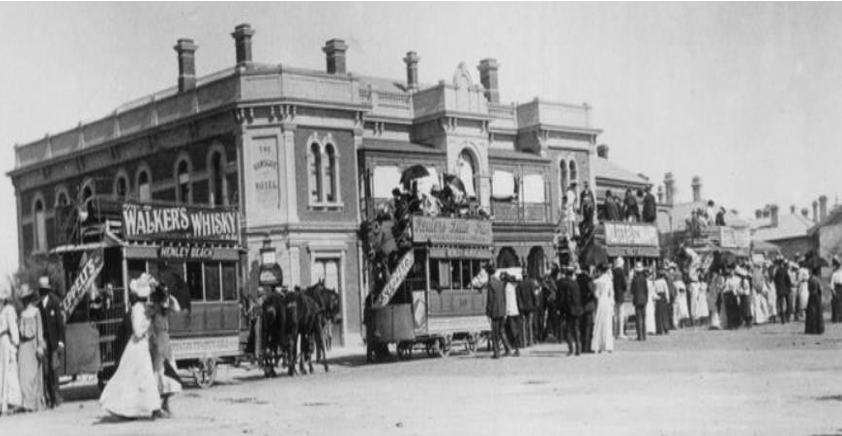 Henley horse trams, 1905 — four cars waiting at the Ramsgate terminus
Henley horse trams, 1905 — four cars waiting at the Ramsgate terminus
[Image source: SLSA]
Even flooding of the Reedbeds could not stop horse transport. When trams could not pass through deep water, taller “horse buses” were brought in to ensure travellers reached their destination. On one record-breaking day in November 1884, Henley horse trams carried 8,353 passengers, demonstrating just how popular the service had become. The trams remained in service until 1909, when electric trams finally replaced them.
Riding Schools and Local Legends
Learning to ride was a favourite pastime for children and adults alike. Hollard’s Riding School in Grange, Saltbush Riding Club in the 1950s, and others offered lessons, trail rides, and access to paddocks that stretched inland. Dorothy Lanyon, who arrived in 1914, fondly recalled moonlit rides along the hard sand all the way to Semaphore — memories that remained vivid decades later.
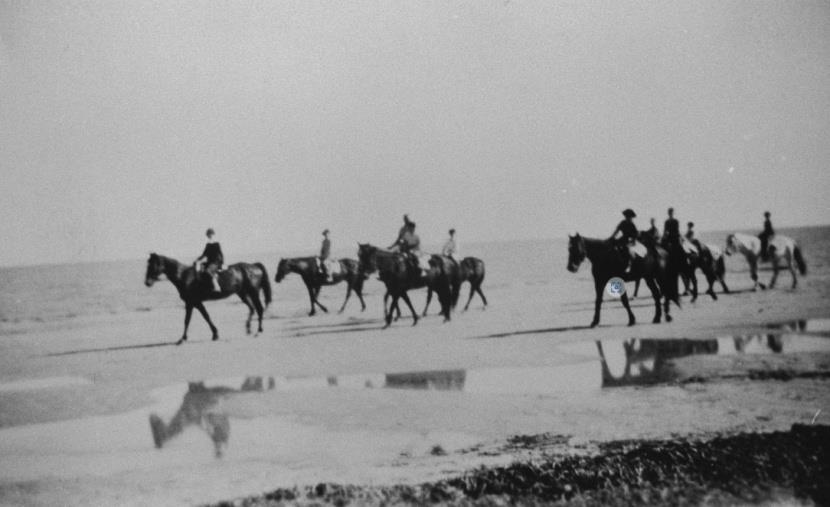 Riding school party at West Beach, 1954 — learning to ride was a favourite pastime
Riding school party at West Beach, 1954 — learning to ride was a favourite pastime
[Image source: SLSA]
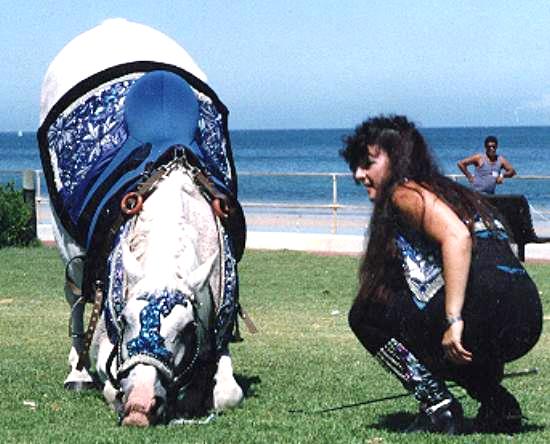 Sheba the dancing horse with owner Kerry McFie, 1994 — a much-loved local performer
Sheba the dancing horse with owner Kerry McFie, 1994 — a much-loved local performer
[Image source: Kerry McFie]
By the 1980s, Sheba, the “dancing horse,” became a community icon. Owned by Kerry McFie, Sheba performed at Rotafest and carnivals, delighting crowds with tricks and Western-style displays. She was also in demand for lessons, especially with children, showing how the bond between people and horses continued even after they disappeared from daily work life.
Horses in Everyday Life
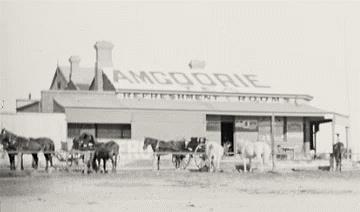 Hitching rail outside Henley Square shops, c.1900 — a place to tie up while fetching supplies
Hitching rail outside Henley Square shops, c.1900 — a place to tie up while fetching supplies
[Image source: SLSA]
Even as cars became common, horses lingered in everyday life. Trotting was trialled at the Grange Recreation Ground in the 1950s, though complaints about noise soon ended the experiment. Horses continued to be agisted on open land east of the beach until the Housing Trust developments of the 1960s, when suburban growth finally squeezed them out.
From Working Partners to Companions
By the 1970s, suburban councils banned backyard stables, marking the end of the horse as a daily feature of local streets. Garages replaced stables, and children no longer collected manure for vegetable gardens. Yet horses did not disappear entirely. Riding clubs along the River Torrens provided spaces for agistment and training, and horse owners still exercised their mounts at dawn on Henley Beach, a practice that continues today under council by-laws.
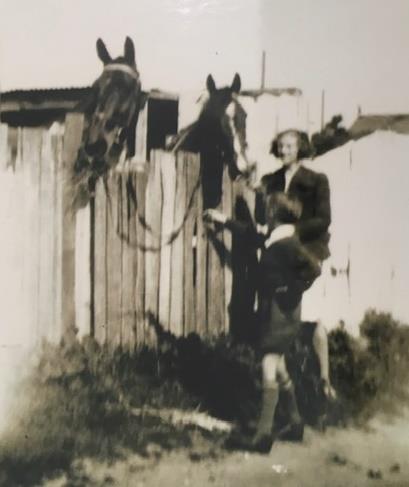 Backyard stables in Johns’ Lane, 1950s — horses still lived among suburban homes
Backyard stables in Johns’ Lane, 1950s — horses still lived among suburban homes
[Image source: H&GHS]
Even in recent years, horses have appeared in community life — from mobile blacksmith demonstrations at the Torrens Outlet to mounted police patrols during the Covid lockdown. Their enduring presence reminds us that Henley and Grange grew up with horses, and the hoofprints in the sand still echo a long and colourful history.
Editor's Notes
This post is largely an abridged version of an article appearing in the 2024 H&GHS Journal [No. 45] “Horses at Henley and Grange” written by Marie Hagen.
Sources:
Henley & Grange Historical Society
National Library of Australia, Trove website, http:/trove.nla.gov.au
State Library of South Australia
‘Over the Viaduct to Henley Beach’,1997, Australian Electric Transport Museum [SA] Inc. ‘The Horseman of West Torrens – William Blackler,’ The West Torrens Historian Vol 16, no 1 ‘From Sand and Swamp to Seaside City’, H&GHS
‘Policing in H&G, Bob Potts’, H&GHS J20, p.9-10.
‘Built and launched at Grange’, H&GHS J25, p.12-13.
‘History of Agriculture in South Australia’, Department of Primary Industries pir.sa.gov.au (accessed 23/5/2024)
Talk to H&GHS 20th Sept 2023, Dr Philip Stott, European species
Lockleys’ Riding Club History, website
Souvenir of the Henley and Grange 29th Regatta Jan 1933
Kerry McFie, Sheba’s Dance, 2017, Openbook Howden Print and Design
0 Comments